What is a safety valve used for?
In modern industry and daily life, many devices and systems need to operate under high pressure. From large steam boilers to liquefied petroleum gas tankers around us, the consequences of uncontrolled internal pressure are unimaginable. At this time, a crucial component becomes the last line of defense to ensure the safety of these systems—the safety valve (also known as a pressure relief valve).
Content
Safety Valve: The Pressure Guardian in the Automatic Valve Family
So, what is a safety valve used for? Simply put, a safety valve is an automatic valve specifically designed to control pressure. Its core function is to prevent the pressure in equipment or systems from exceeding a predetermined safe value.
Working Principle: Safety valves are typically kept closed by springs, counterweights, or other means. When the pressure of the medium (such as steam, liquid, or gas) inside the equipment begins to rise and exceeds a pre-set safety threshold, the safety valve will automatically open.
Pressure Relief Protection: Once opened, it quickly discharges excess fluid or gas from the system (i.e., pressure relief) until the pressure drops below a safe level, and then the valve will automatically close again. This mechanism effectively prevents serious accidents such as explosions and ruptures caused by overpressure.
The Importance of Safety Valves: The Cornerstone of Personal and Equipment Safety
Safety valves play a crucial role in ensuring equipment safety.
Protecting Personal Safety: They are key components that prevent catastrophic failures of pressure vessels and pipelines due to overpressure, directly affecting the safety of operators and the surrounding environment.
Ensuring Equipment Operation: Effectively controlling pressure to within specified values protects the main structure of pressure vessels and pipelines from damage, extends equipment lifespan, and ensures stable operation.
Usage Requirements: It is particularly important to emphasize that safety valves must undergo rigorous pressure testing before being put into formal use to ensure reliable opening and closing at the accurately set pressure.
Application Areas of Pressure Relief Valves: Ubiquitous Safety Guarantee
As an important pressure relief valve, safety valves are widely used in various high-pressure industrial and transportation sectors requiring pressure protection. Their application range is very broad, mainly including the following areas:
Industrial Energy: Primarily used in steam boilers, steam power generation equipment, and pressure pipelines to ensure the stable operation of these high-temperature and high-pressure systems.
Oil and Petrochemical Industries: Widely used in oil wells, various pressure vessels, and chemical reactors for effective pressure control of hazardous media.
Transportation: Crucial in equipment transporting high-pressure hazardous materials, such as high-pressure bypass systems for liquefied petroleum gas (LPG) tank trucks and railway tank cars.
General Industry: Used in various compressors and gas storage tanks to prevent mechanical failures caused by overpressure.
Whether maintaining complex petrochemical processes or ensuring the safety of gas tanks during transportation, safety valves are essential pressure control components.
Understanding the function of a safety valve reveals that it is not merely a simple mechanical part, but a "safety guardian" in high-pressure systems. Through its automatic opening and pressure relief functions, it ensures that equipment operates within a safe pressure range, playing an irreplaceable role in achieving safe industrial production and protecting life and property.


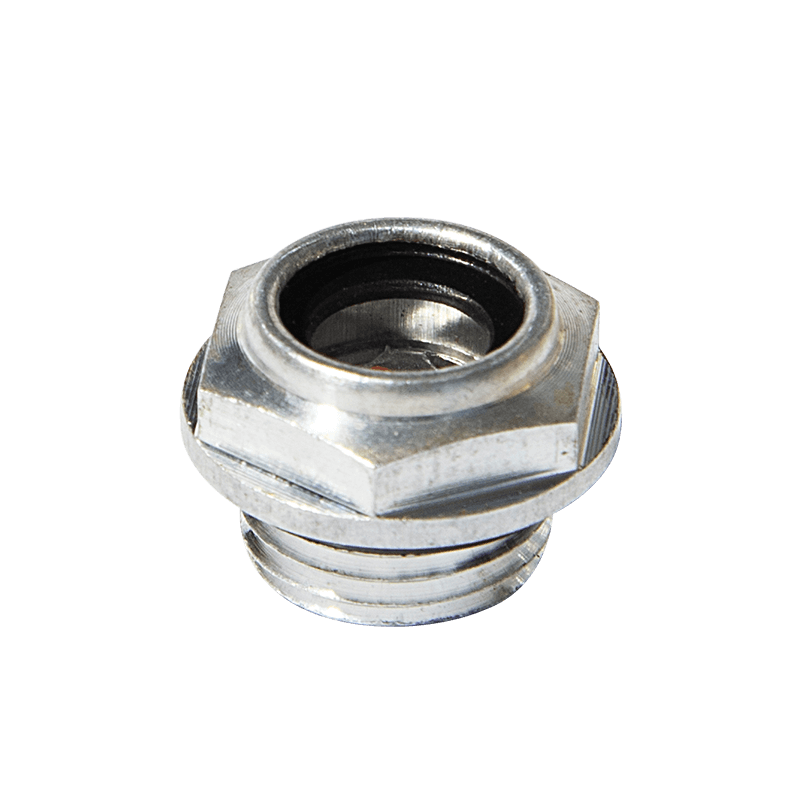
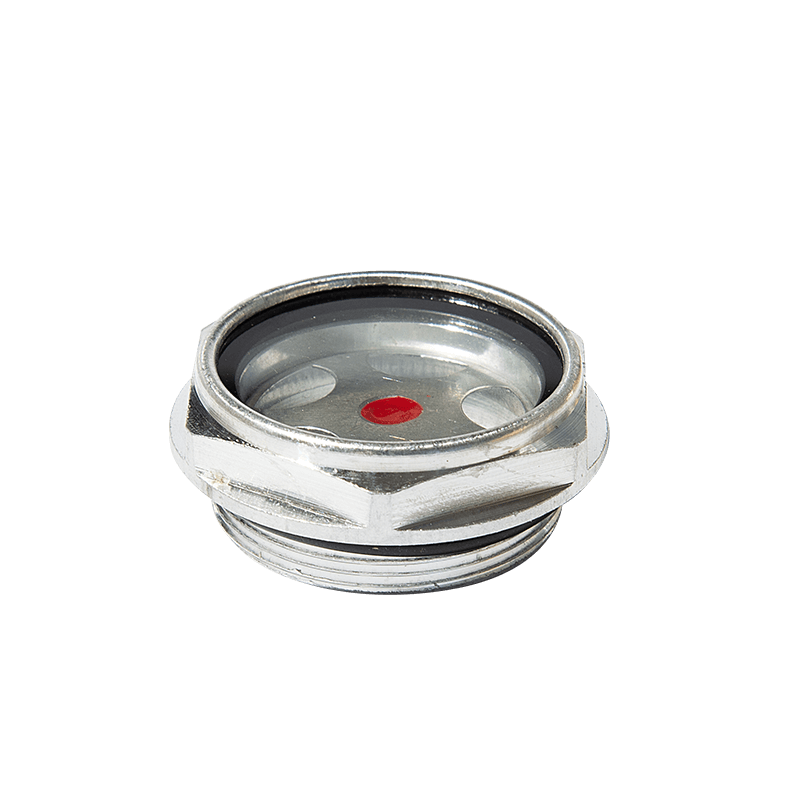
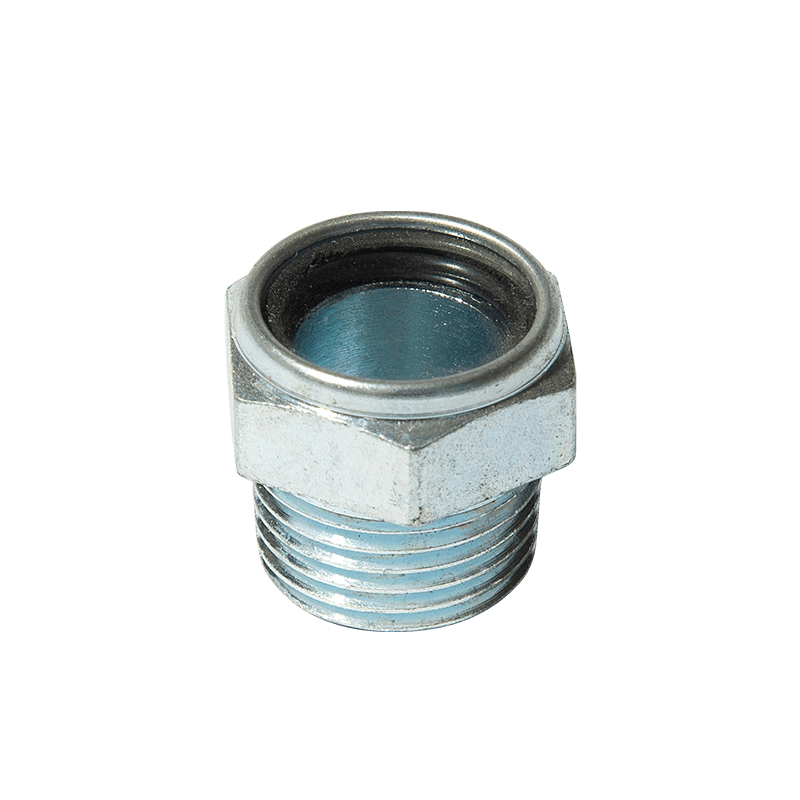
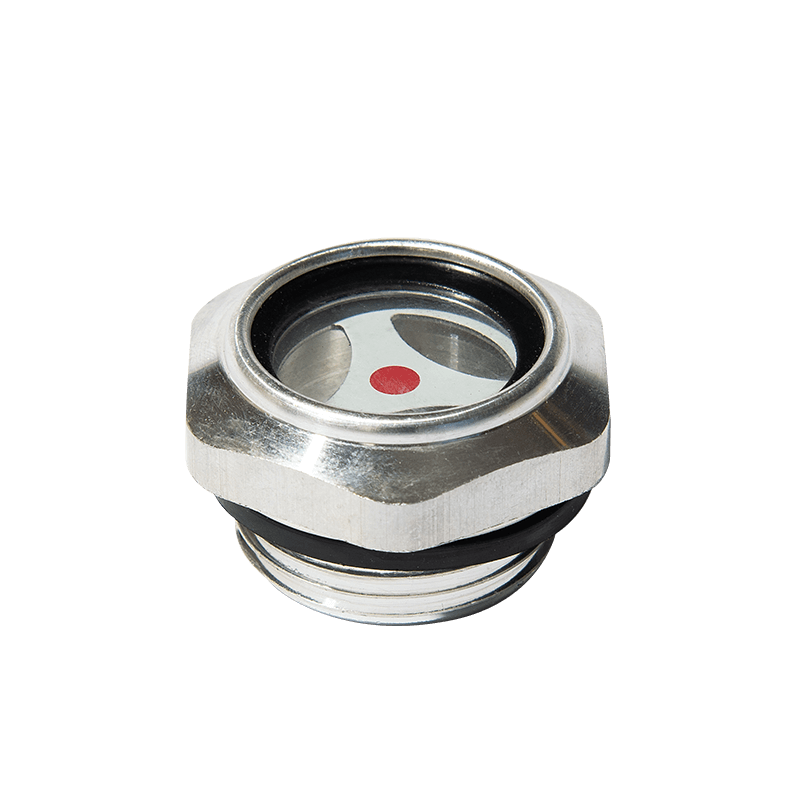
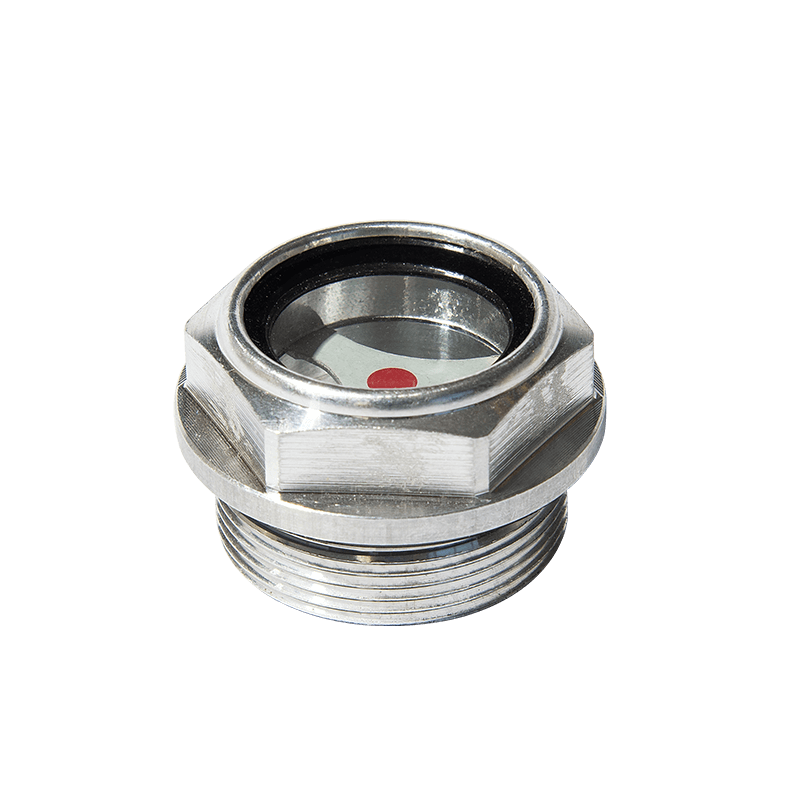
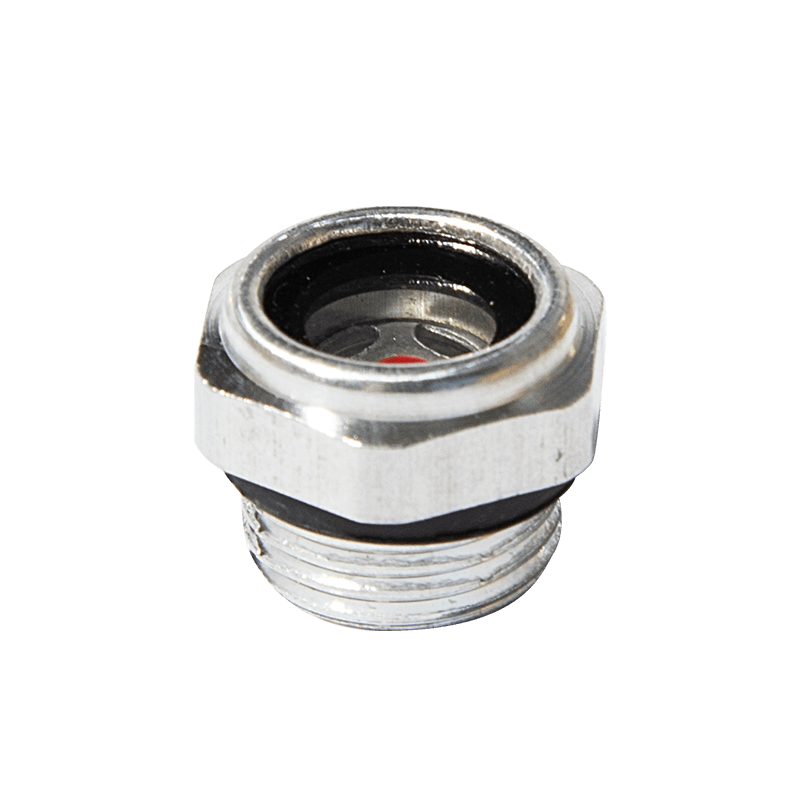

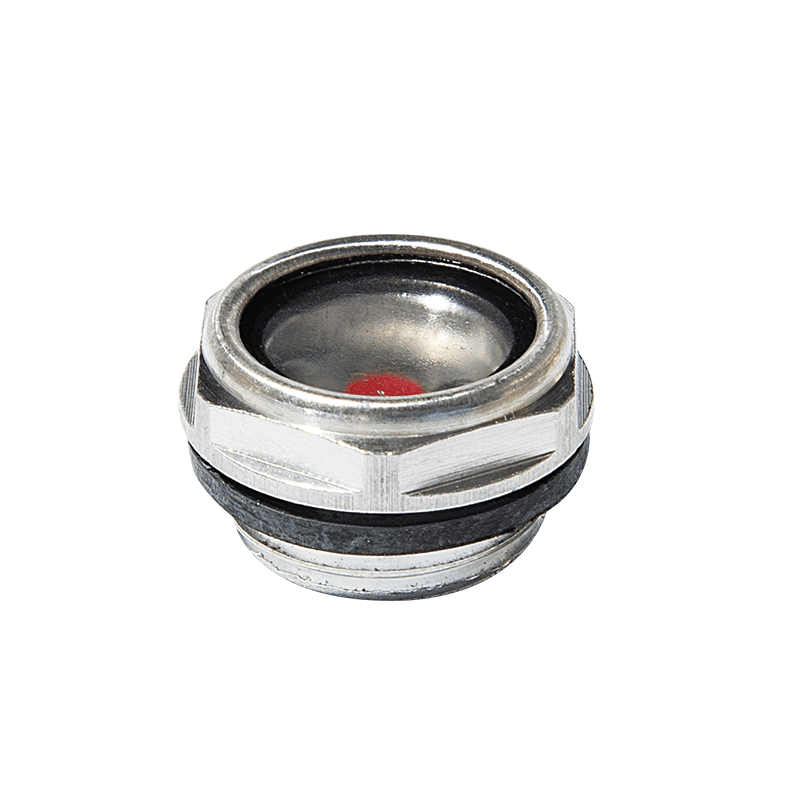
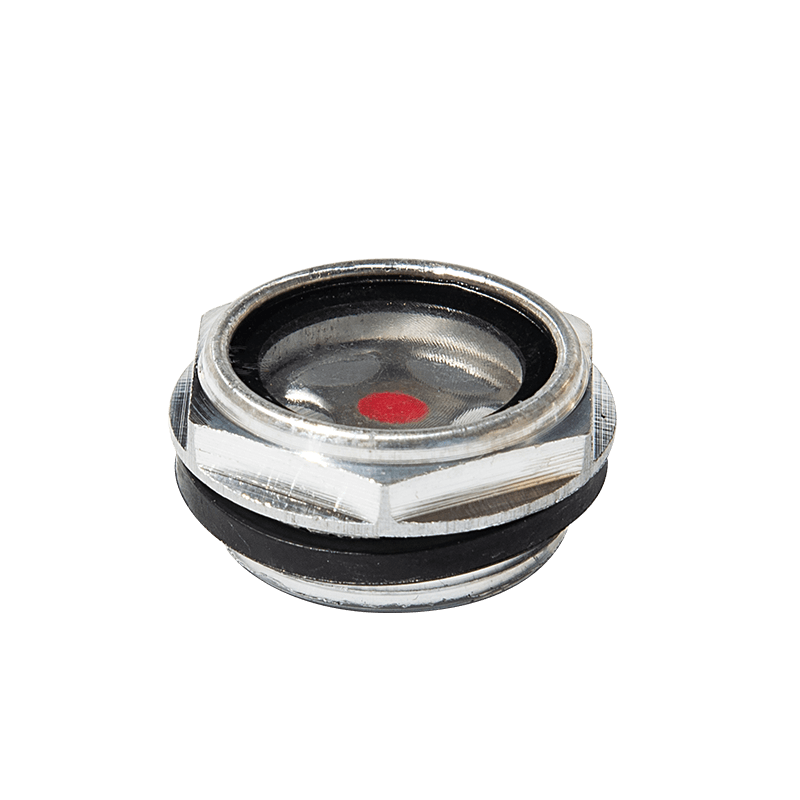





Contact Us